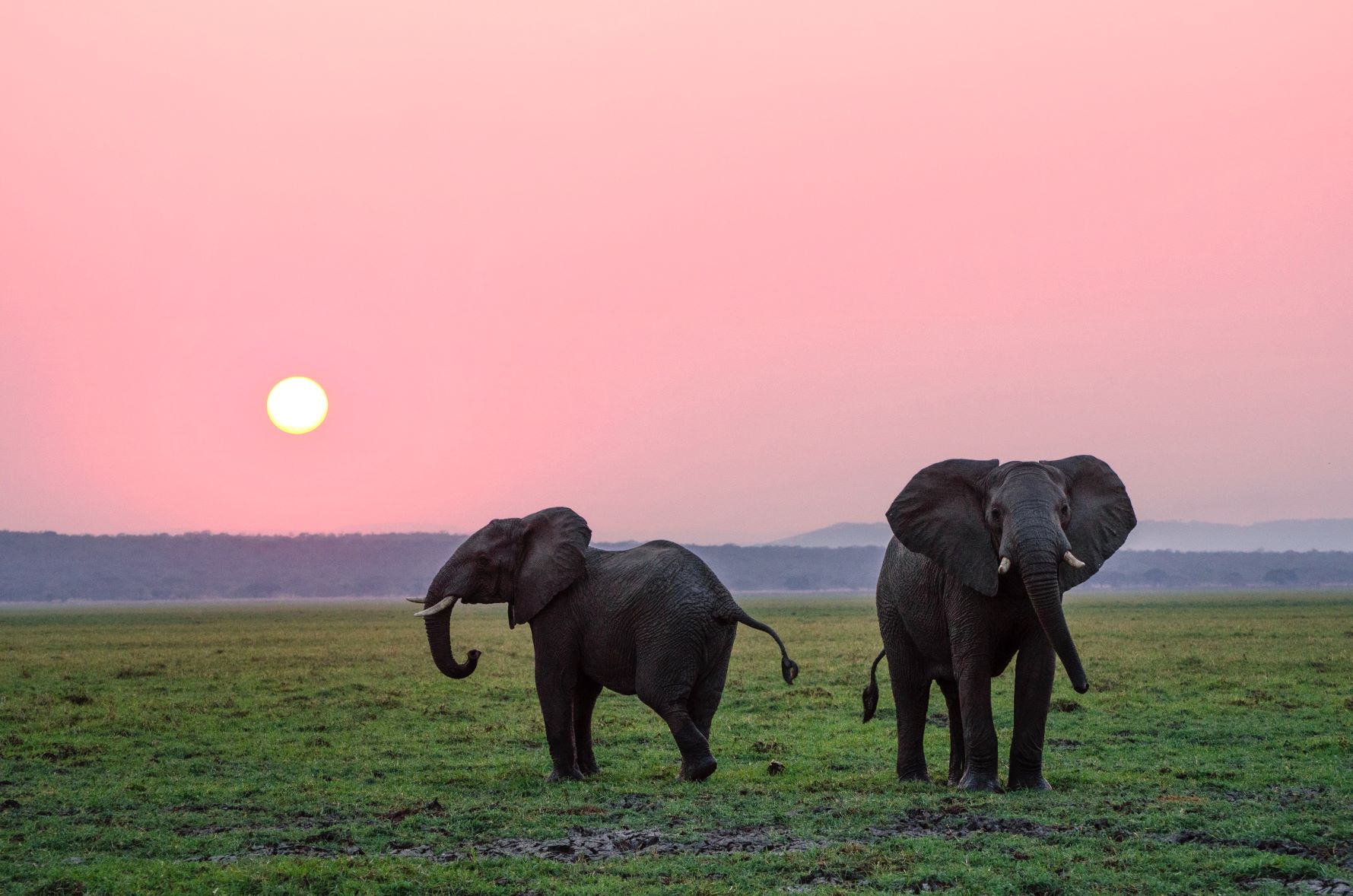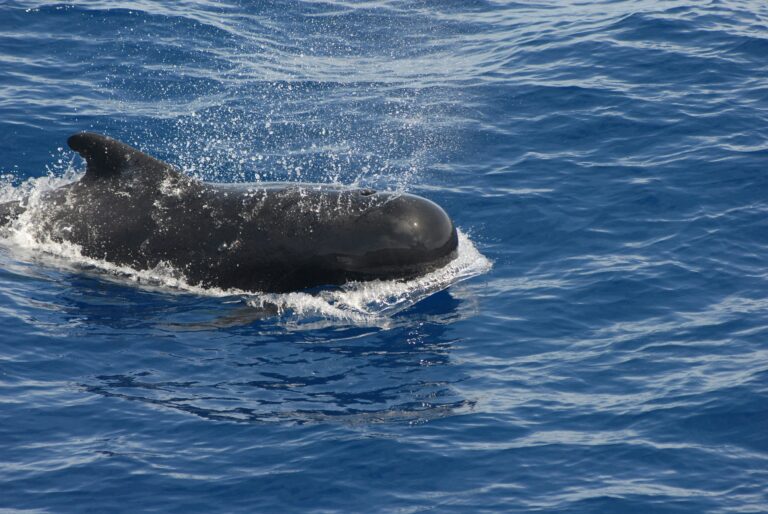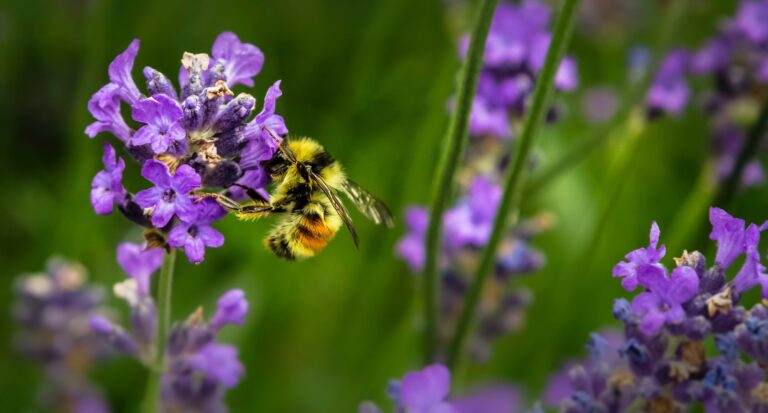
The duel threats to endangered elephants
This World Elephant Day, we revisit the elephant chapter of our Vanishing Icons report. It explores the main reasons African elephants are endangered: poaching and habitat fragmentation. It also examines how population growth contributes to both issues.
Elephants have long been admired for their gentle giant grace and deep familial bonds. They are a fixture of the African savanna, recognisable by only their silhouette. However, the largest land animal on our planet is in trouble.
The African savanna elephant is classified as endangered on the IUCN red list, and the African forest elephant critically endangered. Like every animal under threat, a constellation of factors contributes. Among those factors is population growth on the continent from which these animals take their names.
The main threats to elephant’s survival are poaching for the ivory trade and habitat fragmentation. Currently, two-thirds of the African continent still provides suitable habitat for elephants. Only 17% of that habitat is available to them due to the development of roads, farms and urban centres.
Population, poverty and poaching
External demand and a complex network of factors, including human population, drive elephant poaching. In countries where legitimate economic opportunities are scarce, some citizens turn to poaching to generate income.
A 2019 article published in Nature Communications drew a clear link between rates of elephant poaching and local poverty – poverty that is correlated with high population growth. A 2023 report issued by UNICEF emphasised population growth as a cause of increased rates of child poverty in Africa. The burden of large families can be significant, putting greater financial pressure on individuals. With limited economic opportunities and large family burdens, this can create a poverty trap that allows individuals to be exploited by the poaching industry.

Across sub-Saharan Africa, decreasing family sizes reflect the alleviation of pressures driving high fertility and improved access to contraception. However, progress is slow and, in some places, stalled, with the population expected to continue rising. In 2020, Africa’s population was around 1.34 billion, and forecasts predict it will reach nearly 2.5 billion by 2050.
Poaching requires multilateral and swift action – action that must also respect the rights of individuals and communities. However, the contribution of population growth is a reminder that poverty, as well as affluence, is a driver of biodiversity loss, as seen in the context of chimpanzees.
Nowhere to go
What remains a critical threat to elephants is habitat fragmentation. Not simply loss of habitat area but loss of continuous areas of habitat in which animals can freely roam. This is worsened by continued human population growth driving development. The IUCN Red List elephant report states:
“Currently the most important perceived threat is the loss and fragmentation of habitat caused by ongoing human population expansion and rapid land conversion.”

Elephants have a life expectancy of 60 to 70 years. Their survival depends on regular migration over large distances to search for food, water and potential mates. As mega-herbivores, elephants consume 150kg of vegetation and 190 litres of water daily. Meeting these dietary needs requires a large foraging area. The development of roads, farms, and expanding cities shrinks elephant habitats, progressively forcing them into closer contact with people.
Conflicts
The most common form of human-elephant conflict is due to elephant crop raiding. Evidence suggests these raids peak during harvest, impacting vulnerable communities with food scarcity. Many of the areas worst affected by elephant and human conflict, are also home to the poorest communities, with 1.2 billion people who live on less than $1.25 per day residing in elephant range countries. These poor communities are less resilient to deal with the aftermath of elephant raids, which can lead to revenge killings that further undermine conservation efforts.
These low-income communities are increasingly having to compete with elephants, for space and resources. Subsistence farmers often live near forests and permanent water sources to secure water access for their crops and livestock, due to lacking irrigation infrastructure. This puts pressure on natural resources, driving deforestation and increasing water scarcity, and increases the likelihood of elephant and human conflicts. This region is also experiencing rapid population growth.

Research suggests that elephant populations will co-exist with human communities until a threshold of 15-20 people per km2 is reached. Currently, the average population density of Zimbabwe is 41 people per km2, this gives a sense of the pressure put upon remaining elephant habitats due to high population density.
Protecting people
Nor are elephants the only victims of these stresses. Displacement and human rights abuses of people in the name of conservation are now finally starting to get the attention they need. Responsibility for ending these practices lies with the governments and institutions perpetrating or tacitly encouraging them. Conservation must address biodiversity loss drivers while benefiting indigenous and marginalised communities, both morally and practically.
Elephants and humans can coexist peacefully if space and resources are sufficient for both. Rapid population growth threatens this balance. Measures to reduce population growth benefit human communities, including family planning, poverty reduction, gender equality, and education.
Addressing all these factors in conservation efforts can help secure a future for both humans and elephants.



